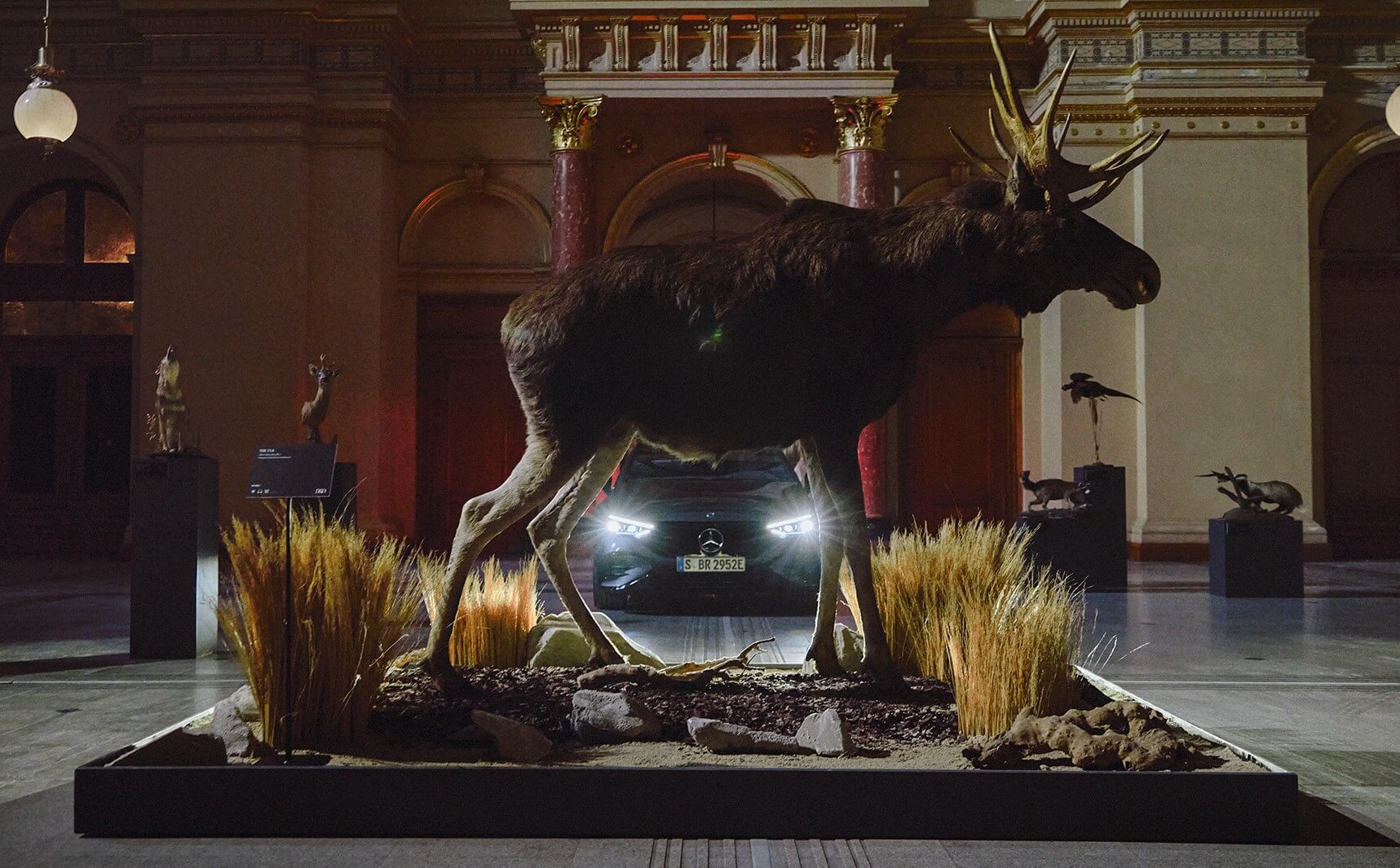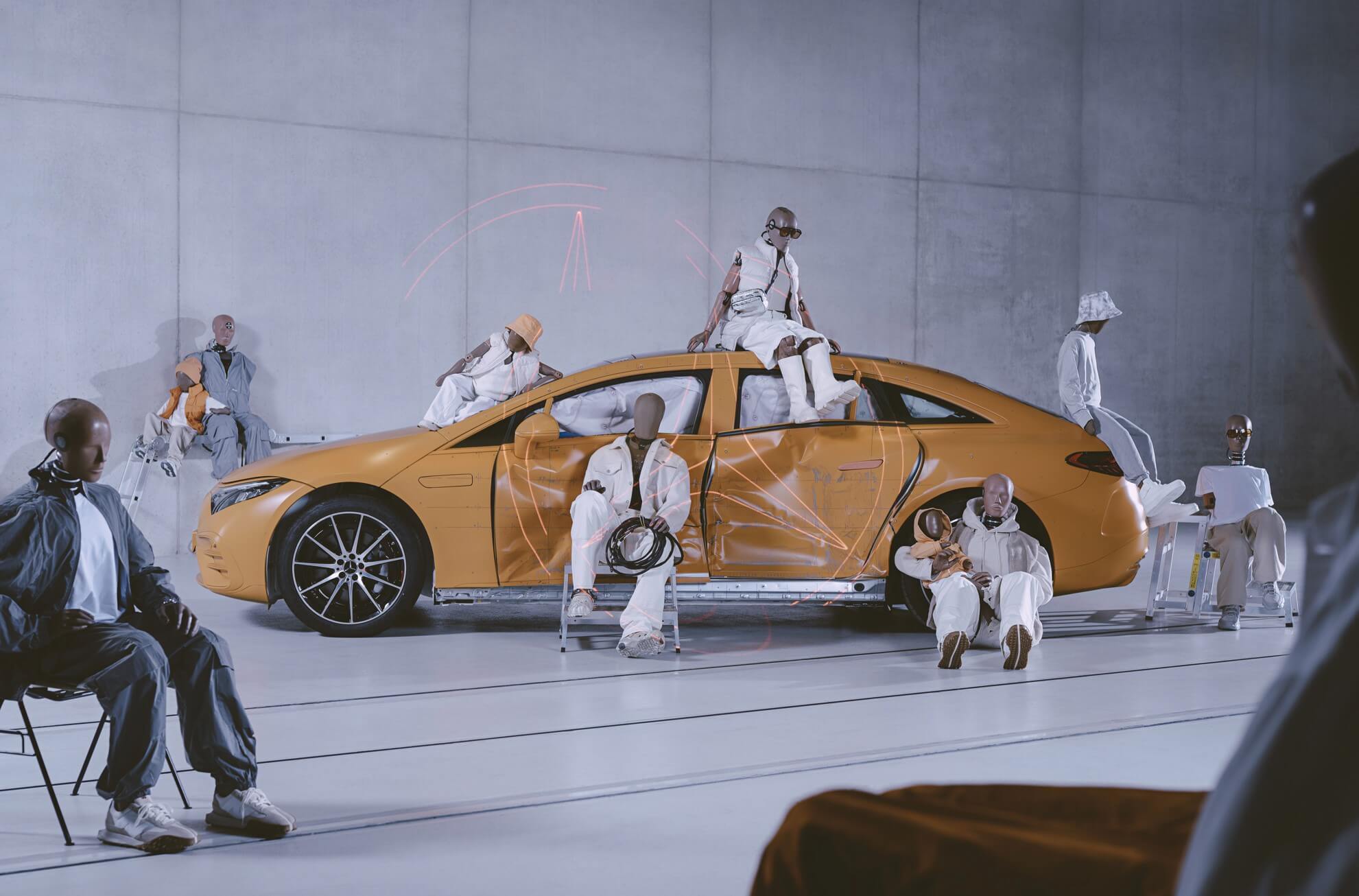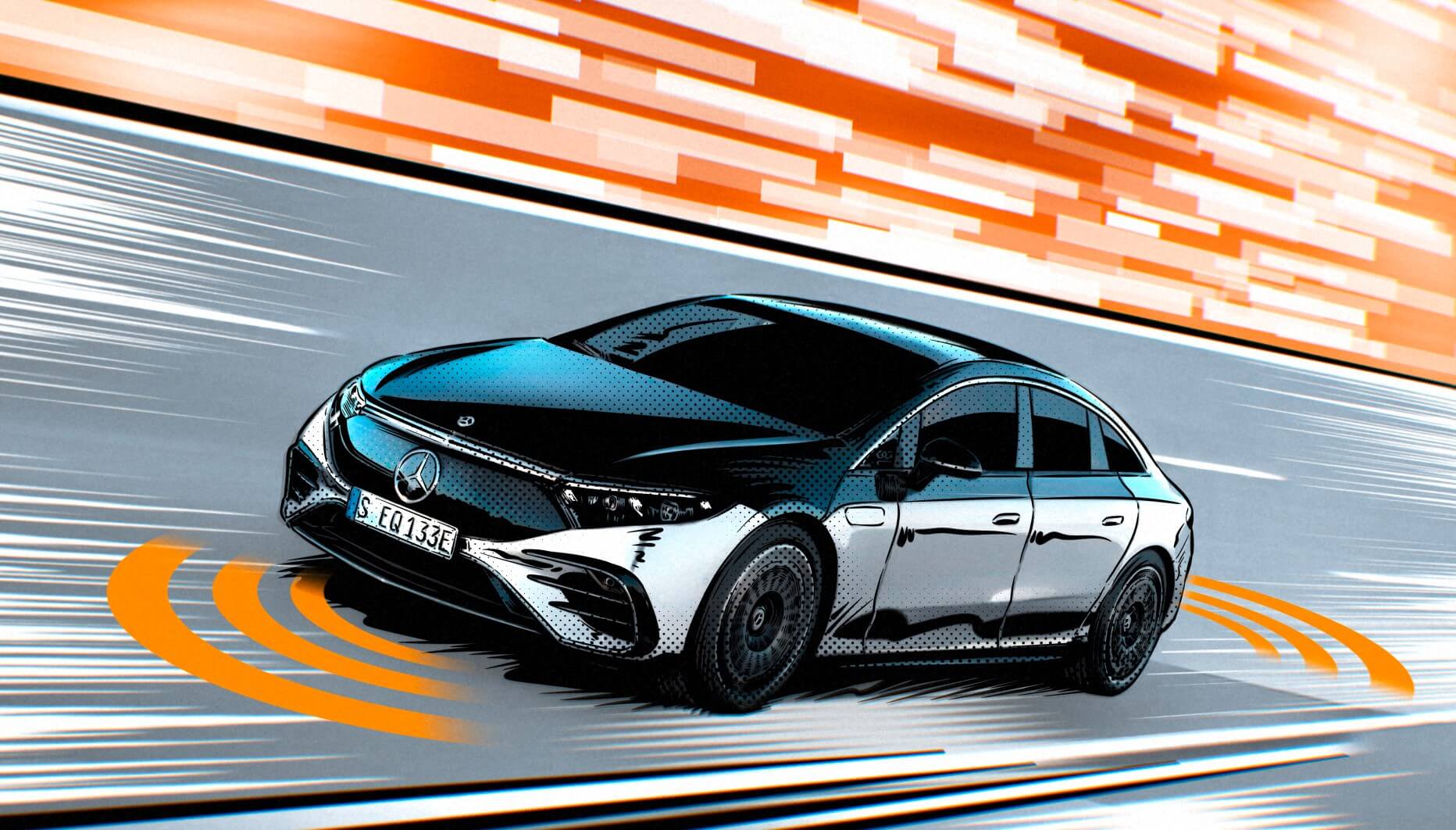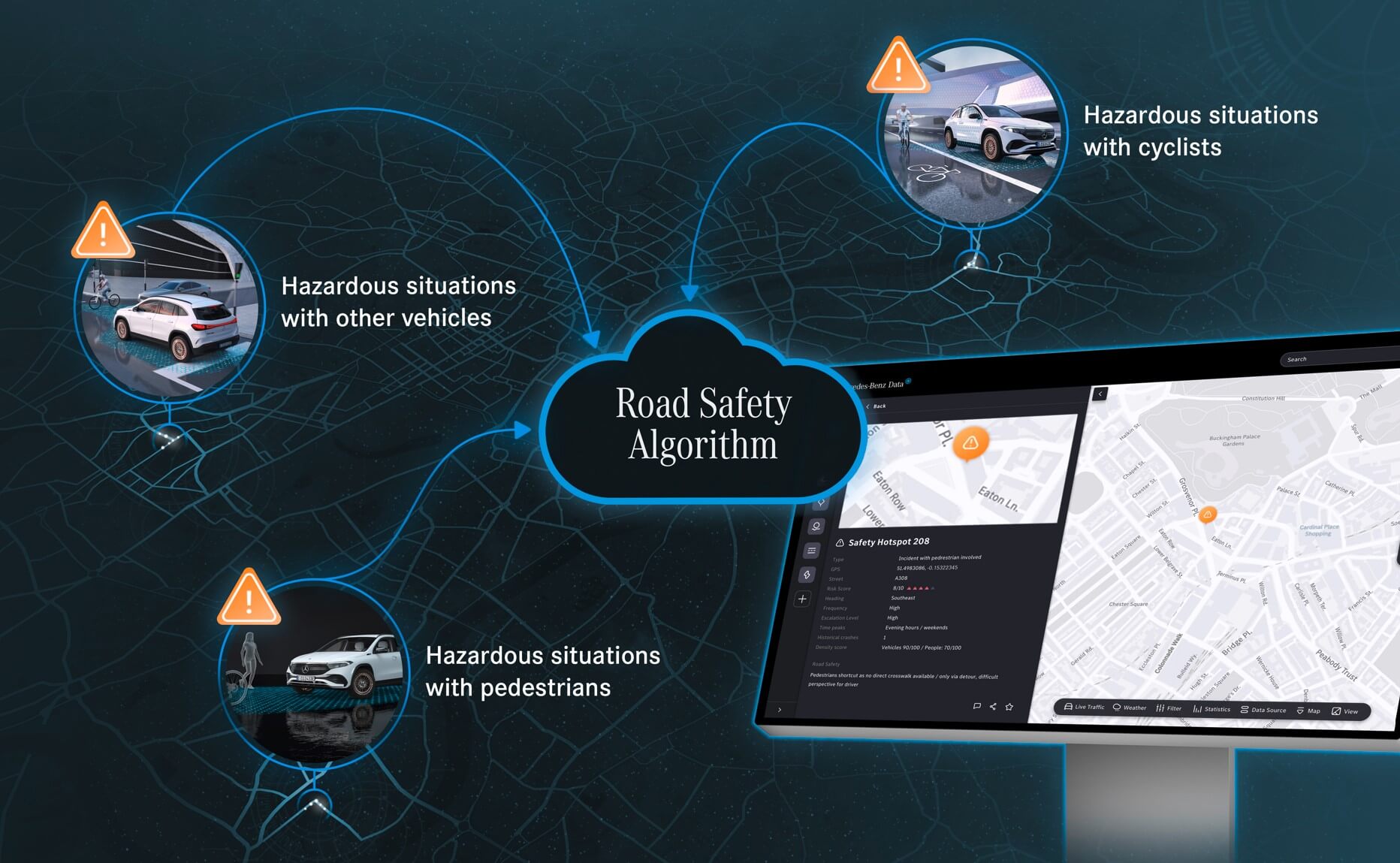Mercedes-Benz plans to have accident-free cars by 2050, coming a long way in safety since the original A-Class attempted the moose test.
It has been quite the year for significant anniversaries, and here’s another. 25 years ago, Swedish magazine Teknikens Värld inadvertently rolled a Mercedes-Benz A-Class as it spectacularly failed the ‘moose test’.
If that sounds like over-enthusiasm from the journalists, know that the moose test comes from the Swedish driving test, in which candidates are asked which side of a moose should they steer into if they find themselves on a collision course with one. The answer is the rear, because once a moose decides to cross a road, it won’t stop.
Elsewhere, the moose test is known as the double-lane-change manoeuvre, for obvious reasons. Either way, its purpose is to evaluate stability, because suddenly forcing a vehicle to yaw one way and then the other makes it extremely unstable.
The A-Class was a big deal at the time and the roll was disastrous for Mercedes-Benz, but on a positive note, it had an enormous effect on the safety of all vehicles. It accelerated the roll-out of its electronic stability programme (ESP), which became standard on the A-Class a year after the test failure.
These days, most major manufacturers subscribe to the idea of making driving accident-free, and in Mercedes’ case the aim is to achieve that by 2050. It’s a tall order, because the company doesn’t just mean no accidents in Mercedes vehicles but no accidents involving Mercedes vehicles.
As stability systems have evolved into even more comprehensive advanced driver assistance systems (ADAS), it’s hard to see what else could be done to protect drivers from themselves and others, but inevitably the answer has something to do with data.
Mercedes’ Accident Research unit has been reconstructing accidents since 1969 and has so far analysed more than 5000. Today, augmented reality is moving the work on a step further, with teams in India and China exchanging data with engineering teams at the mother ship in Germany. The idea is to develop safety systems that can account for the regional differences in accident patterns.
More recently, a digital tool called the Mercedes-Benz Road Safety Dashboard is being brought to bear on anonymous data with the consent of drivers. It’s collected from Mercedes vehicles in London to identify which urban locations pose higher risk to drivers. It identifies the GPS location of potential collision spots, the details of which are analysed by an intelligent algorithm.
The information is then displayed on digital maps so that local authorities and emergency services can better understand what action to take to make those areas safer. The emphasis, for now at least, is on vulnerable road users and areas around schools, nurseries and universities.
Taking things one step further, a pilot project in the Netherlands is building up a picture of which roads are most dangerous and even detects areas of black ice in the winter, warning other vehicles directly as well as a control centre. It’s something Mercedes was talking about back in the early 2000s and now, by all accounts, the tech has finally arrived to make it possible.







